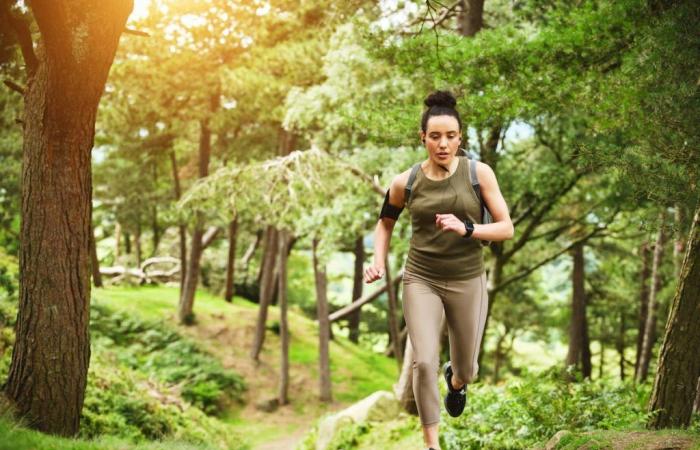Want to surpass yourself, to be in the great outdoors, to escape, to achieve a sporting performance… We can generally imagine what could push someone to embark on a trail, this type of outdoor race, on trails. What we know less, however, is what can slow down a person, even though they are sporty, from embarking on a trail. What are the obstacles to this type of practice?
A new study, published in theInternational Journal of Environmental Research and Public Health (Source 1), was conducted precisely on this subject. The researchers asked some 548 runners a series of questions about their preferences and concerns about trail running.
While the main concern for both male and female trail runners was slipping or falling, the concerns of men and women differed when it came to the possibility of encountering other people or wild animals (here, pumas, the study being carried out in Canada), or even lack of telephone network.
Women more concerned about their safety
Female respondents reported being significantly more afraid of other people (38.9%) and mountain lions (32.4%) than male respondents (12.6% and 21.2%, respectively). Additionally, 50.8% of female respondents were concerned about losing reception, compared to only 33.8% of male respondents.
“I think women are simply more concerned about their safety than menand for good reasons,” Nadine Schuurman, professor of geography and lead author of the study, said in a statement (Source 2).We all see reports about threats against women”, she added.
According to the research team, social factors would also prevent women more than men from going out running on trails, such as the unequal distribution of household chores, childcare, mental load… Factors that the team intends to explore in a future study.
Unsurprisingly, the study also showed that people taking part in trail running preferred hilly trails rather than steep or even flat ones, and “polished” trails rather than rocky ones.
Think and act to help women feel safer
“We focus on the specific environmental correlates associated with urban and rural running, or trail running”, an expliqué Nadine Schuurman. “Running is different from walking or cycling, and we’re actually looking at what makes a good running route and how you can encourage runners”, she concluded, hoping helping policy makers create enabling environments to an active and healthy lifestyle, including for women.
In the field of cycling in particular, there is a surprising term which nevertheless refers to the contributions of the social sciences: “inclusive” or “gender-neutral” cycle paths. These are arranged so as to make more room for women and people with reduced mobilityin particular via more reassuring night lighting, a wider and safer path, etc. Because cycling in the city is also still largely masculinewith cycle paths sometimes monopolized for mainly male sports uses, which would hinder women from cycling.






